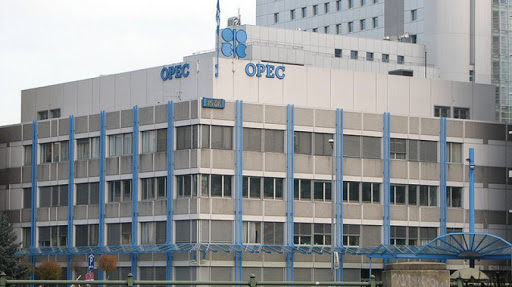The entire OPEC-13 organization saw crude oil production drop to 29.12 million bpd due to lower output from Saudi Arabia and Libya, partly offset by slight gains among some other members.
Saudi Arabia’s crude oil production is estimated to have dropped by 100,000 bpd to 10.38 million bpd, per Bloomberg’s survey. That’s around 100,000 bpd lower than the Kingdom’s quota of 10.478 million bpd, set out at the October meeting and valid from November 2022 through December 2023, or until OPEC+ decides otherwise.
Still, OPEC and the OPEC+ group, which includes Russia and a dozen other non-OPEC producers, are pumping crude oil at levels well below the collective target the OPEC+ alliance set as of November 2022.
At a virtual meeting on Wednesday, a panel of OPEC+ left production quotas unchanged in a policy move that was widely expected by the market, considering the uncertainties in both supply and demand in the coming months.
Earlier this week, Saudi Crown Prince Mohammed Bin Salman and Russian President Vladimir Putin discussed OPEC+ cooperation on a phone call, according to various sources, with the focus on maintaining the stability of oil prices ahead of the virtual OPEC+ panel meeting today. Russian oil production has held up in spite of new Western sanctions and price caps, and three OPEC+ delegates have told Reuters that the Wednesday meeting was likely to conclude without any output policy changes.
Given the uncertainties about Chinese demand and Russian supply in February and March, OPEC+ was widely expected to keep the current production levels, which reduced target output by 2 million bpd from November onwards. Yet, the actual cut is estimated to have been around 1 million bpd.
Oilprice.com

